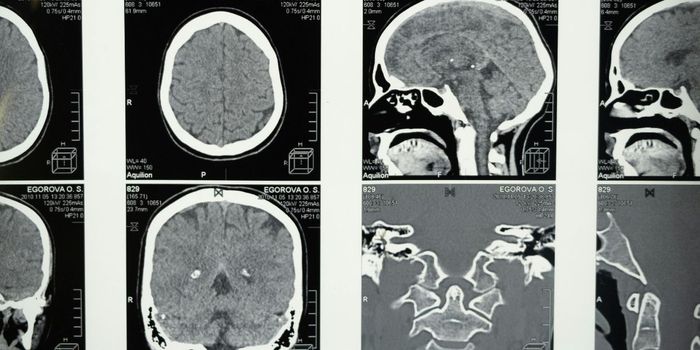Paper-thin Device Treats Pain and then Dissolves in Body

"Although opioids are extremely effective, they also are extremely addictive," said John A. Rogers, Profesor of Materials Science and Engineering, Biomedical Engineering and Neurological Surgery at Northwestern University, lead author of the study.
"As engineers, we are motivated by the idea of treating pain without drugs - in ways that can be turned on and off instantly, with user control over the intensity of relief. The technology reported here exploits mechanisms that have some similarities to those that cause your fingers to feel numb when cold," he continued.
"Our implant allows that effect to be produced in a programmable way, directly and locally to targeted nerves, even those deep within surrounding soft tissues,” he noted.
The newly developed device is just 5mm wide at its widest point and works by wrapping around nerves and cooling them down, thus slowing down their signaling. Its cooling effect results from tiny microfluidic channels within- one containing a liquid coolant known as perfluoropentane, and another containing dry nitrogen, an inert gas. When the gas and liquid flow in a shared chamber, the liquid evaporates and delivers a cooling effect.
As individual nerves are being cooled in this way, a tiny integrated sensor monitors their temperature to ensure that they do not get too cold, and thus put patients at risk of tissue damage.
The device targets peripheral nerves which connect to the brain via the spinal cord from the rest of the body. As these nerves communicate sensory stimuli including pain, delivering a cooling effect to one of two nerves could modulate pain signals from one area of the body.
Critical to the treatment, noted the researchers, is the targeting of specific nerves linked to pain. Untargeted use could deliver undesired effects; cooling nerves that control motor function could restrict movement.
A key advantage of the implant is its biocompatibility; it naturally absorbs into the body’s biofluids over a few days or weeks, meaning it requires no surgical extraction.
"If you think about soft tissues, fragile nerves and a body that's in constant motion, any interfacing device must have the ability to flex, bend, twist, and stretch easily and naturally," said Dr. Rogers, "Furthermore, you would like the device to simply disappear after it is no longer needed, to avoid delicate and risky procedures for surgical removal."
The researchers say that this device has the potential to become an alternative for patients who undergo routine surgeries or those requiring post-operative medications for amputation. They note that the device could be implanted during the procedure to help manage later post-operative pain.
Sources: Science Daily, Science








